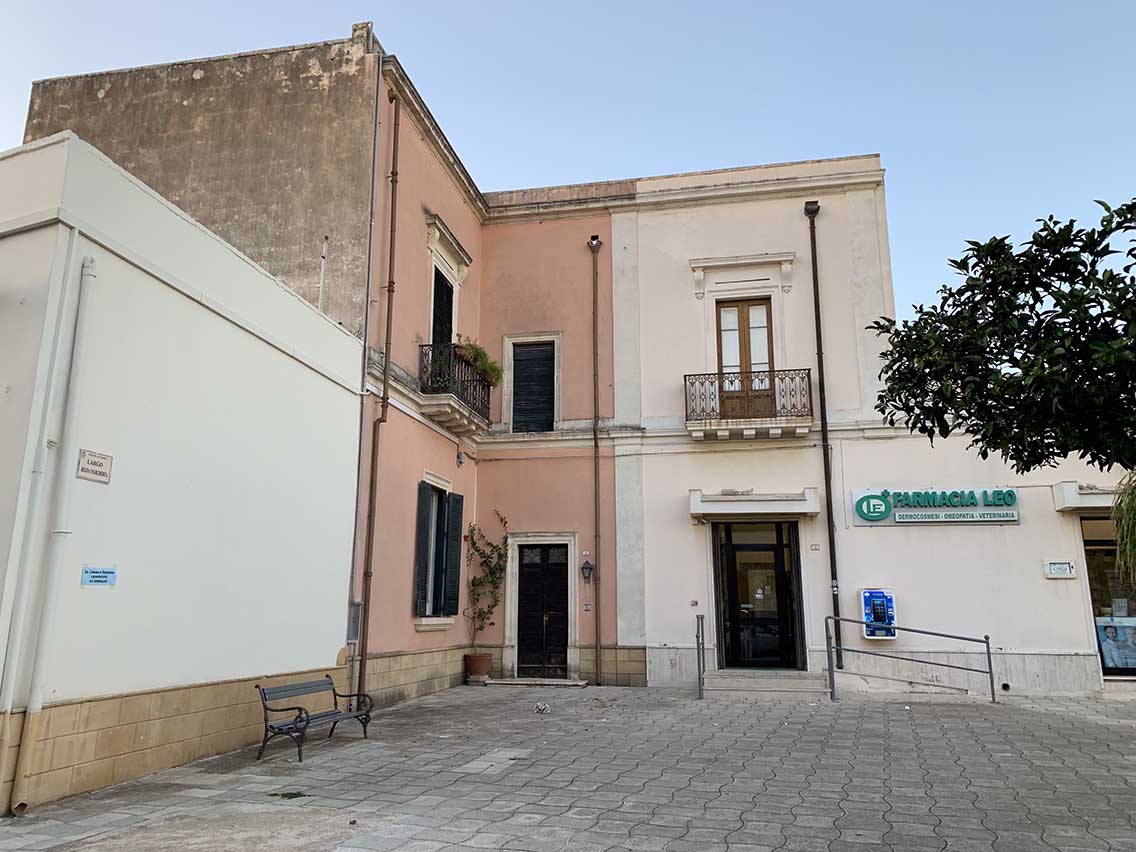During the fifteenth century, Viterbo was a thriving economic center with merchants and bankers who flocked from various parts of Tuscany Like Alfonso Caetani from Pisa who built his sumptuous residence.
In 1510 the palace was sold to the Chigi bankers of nearby Siena who enriched it above all with internal decorations. On the outside, the style of the building is that of a late Gothic building, where you can already see the characteristics of the Renaissance such as the string course and the style of the door and the openings of the noble floor and the servants' floor. The Chigi coat of arms is carved in peperino and can be found in one of the corners of the facade.
Next to the building you can admire a high tower in peperino of the thirteenth century, typical of the style of Viterbo. The tower ends with four openings and recalls the defensive character of all medieval constructions.
An element of strong character of the building are the internal decorations starting from a fresco by Antonio del Massaro (called il Pastura) in the portico of the internal courtyard which represents a blessing Madonna and Child.
We must remember that the Chigi family was one of Raphael's main sponsors helping his rise as a great painter. On the upper floors you can admire the rooms of San Paolo, with sixteenth-century frescoes that tell the life of the saint, the reception hall with frescoes of hunting and mythological scenes, the Aphrodite room and the chapel. All the ceilings are coffered with elegant decorations and the rooms are equipped with huge fireplaces in expertly carved peperino.
On the ground floor are the shops and kitchens still preserved in their original beauty and with a particular example of a vincellario.









Follow us